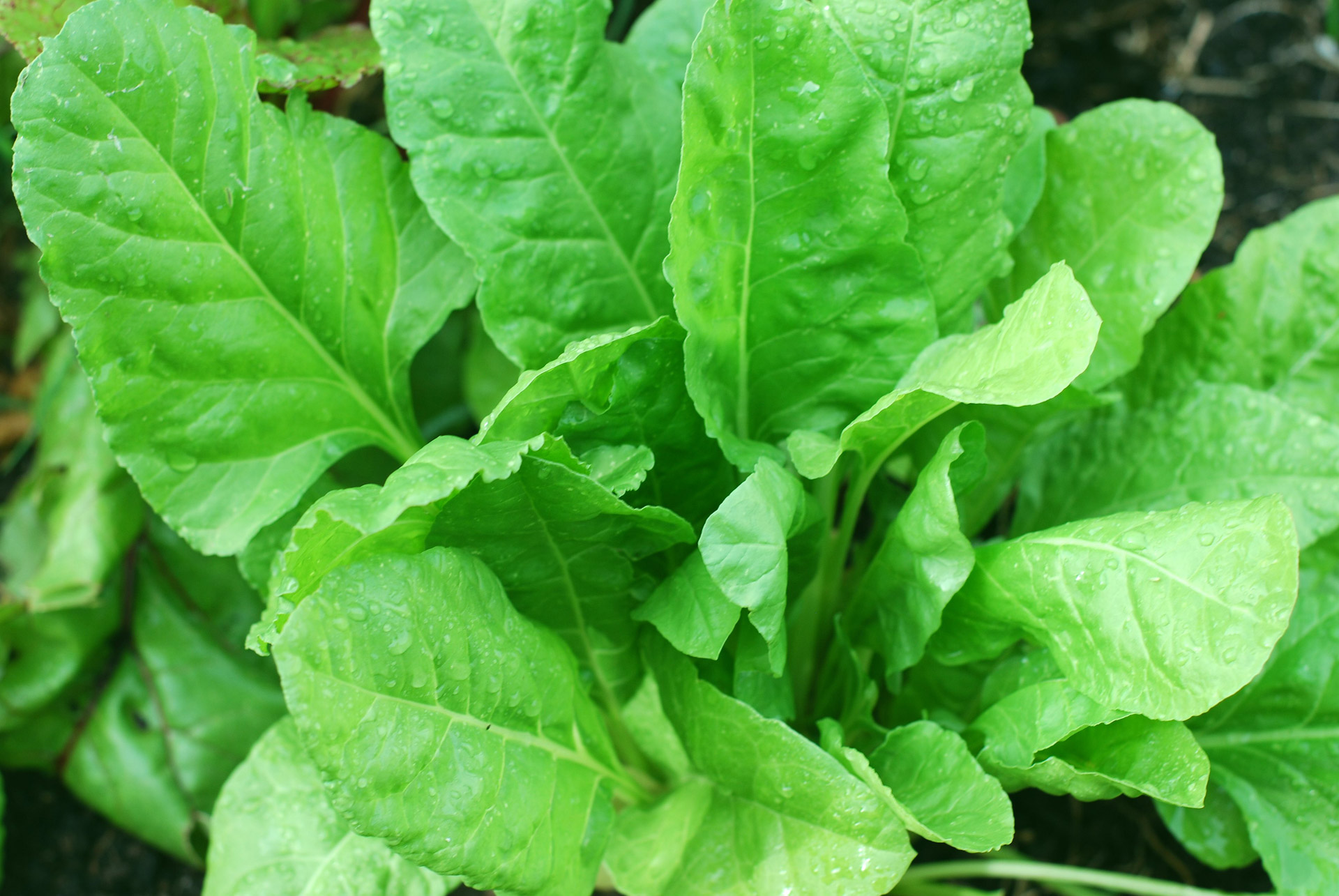One of the greatest, most convenient ways to eat more legumes is to make them into the format of something else that's already ultra-easy to prepare. Namely, pasta.
Not every bean flour is equal- some act and taste almost like wheat pasta (chickpea-based) while others have a distinct flavour and texture that can actually contribute to certain recipes in its own unique way (black bean).
Recently I got some green lentil penne on sale- these pastas are still "novelty items" at most supermarkets, and so are a bit on the expensive side. Right now I'm working on a recipe for making fresh pasta from more affordable legume flours, but if you can get your hands on the ready-made stuff to try I highly recommend it.
Important notes:
- These flours tend to have more fats and complex components that go "off" when exposed to oxidation, so they don't last as long on the shelf as wheat pasta might.
- The cooking times are different for each bean flour, and they won't all have the same consistency when cooked (e.g. black bean pasta stays "al dente" more easily)
- The flavour of the legume is less pronounced than in the unprocessed bean/lentil but is still present.
- These reheat better than wheat pasta because of their lower starch content
- They're (usually) gluten-free!
Here's a recipe I adapted from The Gentle Chef's alfredo sauce. Mine is a bit more assertive and cheesy, and ended up resembling a dish I had in Milan long ago: "cacio e pepe", or cheese and pepper pasta. While the "real thing" is much more minimal in terms of preparation and ingredients, this is easier to make with pantry ingredients as getting a good vegan melting cheese can be difficult if you don't make your own. I highly recommend giving this recipe a try!
 Lentil Pasta "Cacio e Pepe"
Lentil Pasta "Cacio e Pepe"Adapted from The Gentle Chef
1 Box of green lentil penne (or another shape- spaghetti is traditional for this type of pasta)
Cook according to the box instructions in lightly salted water until your desired firmness is reached and set aside.
For the Sauce:
1/2 C. Cashews, pre-soaked at least 6 H and drained
1 1/2 C. unsweetened plain soya milk (or another non-dairy milk of your choice)
1/2 C. Dry white wine (or more soya milk if you don't want any alcohol)
2 TBSP Nutritional yeast flakes
1 TBSP White or brown miso paste
1 Scant tsp. Salt
1 Tsp. Dried oregano (optional)
1 1/2 Tsp. Garlic powder
1 Tsp. Onion powder
2-3 Tsp. freshly cracked black pepper
1/8 Tsp. Lactic acid (optional)
3 TBSP Good olive oil
1 TBSP Fair-trade, environmentally friendly red palm oil (I use this one from Nutiva; you can also substitute an additional spoonful of olive oil plus a pinch of turmeric)
Vegan parmesan and more black pepper, to serve
Blend all the ingredients until smooth and pour into a saucepan. Cook on medium-low heat until sufficiently hot (you can cook it longer to thicken it if you prefer a thicker sauce) and mix with the prepared pasta. Serve hot.












































